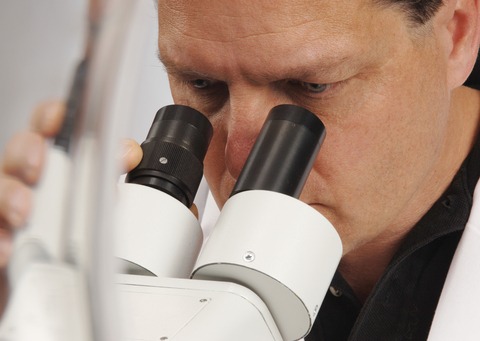Understanding Mesothelioma Diagnosis: Looking Beyond Tests
Mesothelioma is a challenging cancer to diagnose. A recent study highlighted a problem called overdiagnosis. This happens when tumors are mistaken for mesothelioma. It can lead to big challenges in treatment. The study suggests that doctors need to think beyond just using lab tests for diagnosis. Uncovering Overdiagnosis The study looked at 311 tumors that were first thought to be mesothelioma but turned out not to be. While these misdiagnoses were rare (only 0.8% of cases), they caused significant problems. Some tumors were actually cancers from other parts of the body. While others were non-cancerous conditions that looked like mesothelioma. Mistakes in diagnosis were often due to not looking at all the available information. Doctors can rely too much on…


